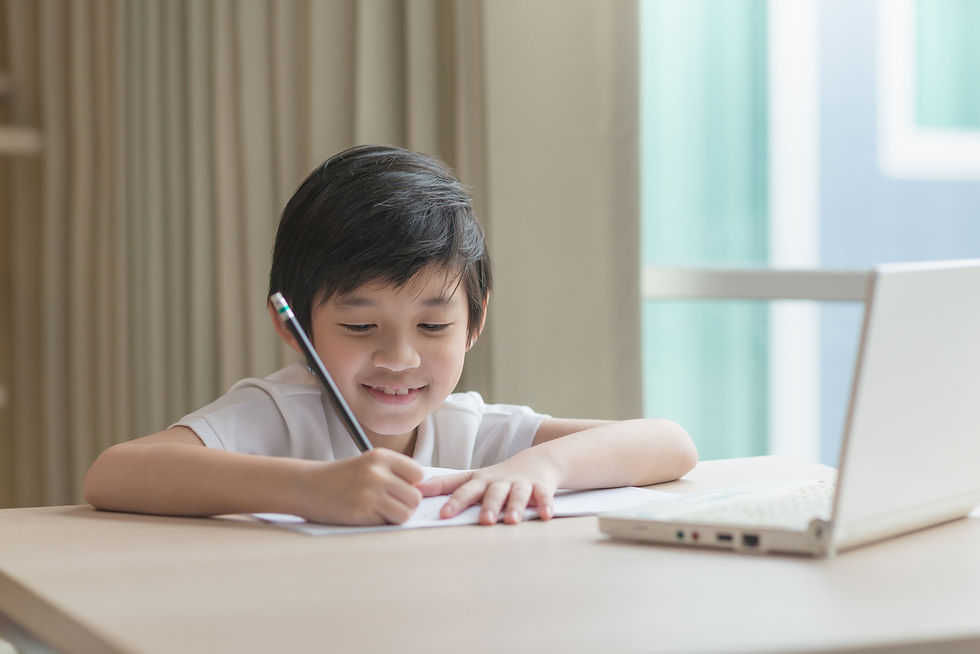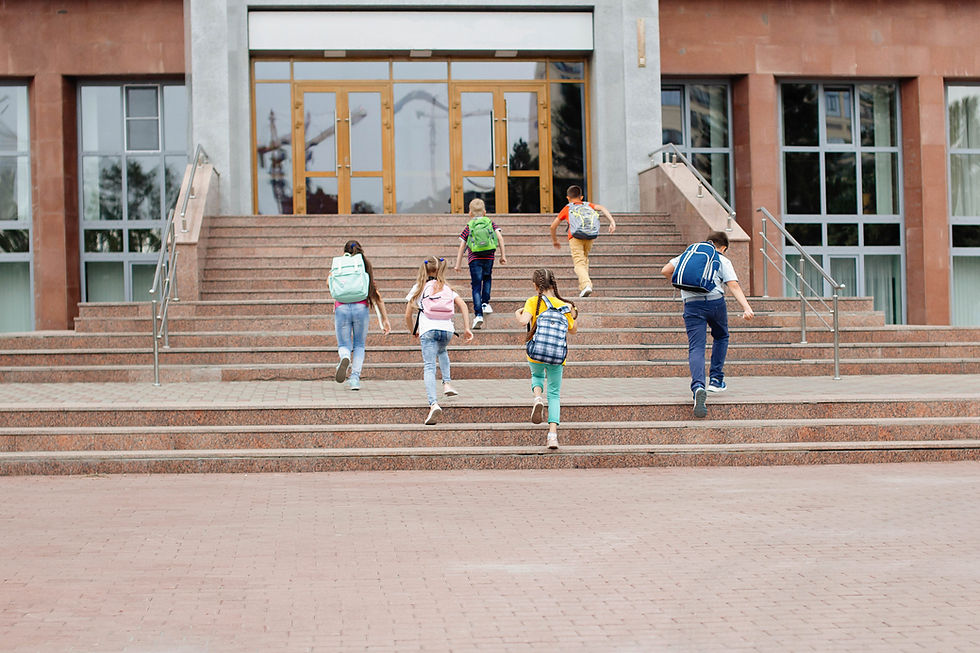Thankful Talk: Building Gratitude Vocabulary in Children
- Stacia Maillis
- Nov 5
- 2 min read
November is the perfect time to slow down, reflect, and practice gratitude as a family. For children, gratitude is more than saying “thank you.” It’s about understanding emotions, recognizing kindness, and expressing appreciation with words. Encouraging gratitude not only supports social-emotional growth but also builds meaningful speech and language skills — especially for children ages 3–10 who are learning how to share their thoughts and feelings with clarity.

Why Gratitude Matters for Language Development
Gratitude gives children a reason to use language for connection. When a child says, “I’m thankful for my friend because she shares her crayons,” they’re using vocabulary, grammar, sequencing, and perspective-taking — all essential components of communication. Talking about gratitude also helps children learn emotional words (like proud, happy, or lucky) and descriptive language (soft blanket, warm cookies, kind teacher).
Gratitude Activities by Age
Ages 3–5: Start simple. Preschoolers are still developing basic vocabulary and sentence structure. Use visuals and repetition to help them name what they’re thankful for.
Gratitude Hunt: Walk around your home or yard and name things you love. “I’m thankful for my cozy bed,” or “I’m thankful for my red ball.”
Thankful Art: Have your child draw or color pictures of people or things that make them happy, then label each picture together.
Model and Expand: If your child says, “Dog,” expand with, “Yes, you’re thankful for your dog because he’s so cuddly!”
Ages 6–8: Early elementary children can start linking feelings to reasons.
Gratitude Jar: Each day, write or draw one thing your child is thankful for and place it in a jar. At the end of the week, read them together and discuss why each one matters.
Story Time Connections: After reading a book, ask, “What was the character thankful for?” or “What are you thankful for like the character?”
Sentence Starters: Support expressive language with prompts like, “I’m thankful for ___ because ___.”
Ages 9–10: Older children can use more complex sentences and reasoning.
Gratitude Journal: Encourage your child to write one to three sentences each day using rich vocabulary and details. For example, “I’m thankful for my teacher because she always listens and makes learning fun.”
Family Reflection Night: Take turns sharing a gratitude story from the week. This builds narrative language, turn-taking, and active listening.
Descriptive Challenge: Ask, “Can you describe what you’re thankful for using three adjectives?” (e.g., “I’m thankful for my fluffy, warm, cozy blanket.”)
Keeping It Natural
Gratitude doesn’t have to feel like homework. The best learning happens in the moment — at the dinner table, in the car, or during bedtime. Model thankfulness often: “I’m thankful you helped me clean up!” Children learn best by hearing authentic examples and joining in conversation.
This November, make “thankful talk” part of your family’s everyday language. You’ll nurture kindness, connection, and communication — all things worth being grateful for.
At Move Play Say, we’re especially thankful for our amazing families, both past and present, who allow us to be part of their children’s communication journeys. Your trust and partnership mean the world to us!
.jpg)
_edited.png)



Comments